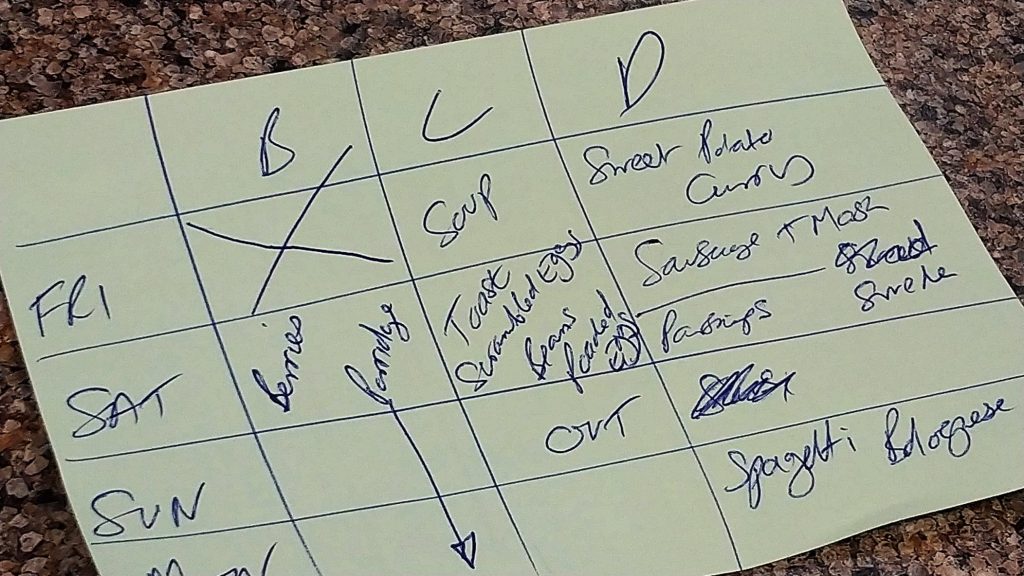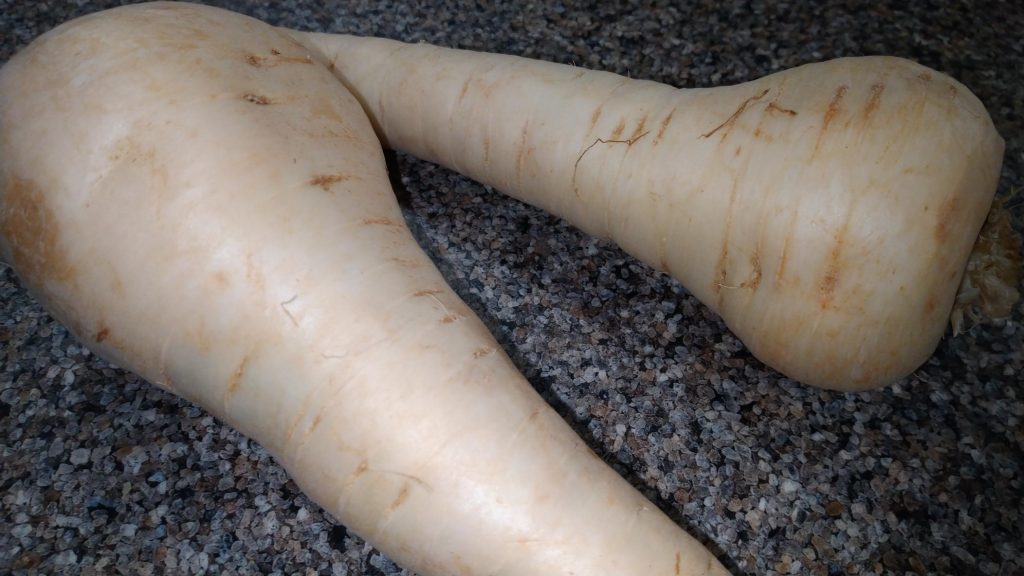In the first of a new series of posts about food and sustainability, one of our members Helen kicks-off with the subject of food waste.
What is food waste?
What do you think of when the subject of ‘food waste’ comes up? Potato peelings for the compost? The annoying bits and pieces of packed lunch found in a child’s school bag? That chicken you bought that you haven’t got round to using and aren’t 100% confident in? That’s food waste and those tiny everyday things are part of a massive global problem.
WRAP estimates that 1.1 million tonnes of food are wasted every year from UK homes because of preparing, cooking, or serving too much and wasting food costs the average UK family more than £700 a year.

What are the benefits of reducing food waste?
There are many benefits to reducing food waste in our homes. Planning food shopping, weekly meal plans and using up leftovers can help save money, energy and time all of which feel in increasingly short supply in our hectic lives. Here are some quick tips to help extend the life of the food in your kitchen:
- Check your fridge temperature, it should be between 0-5C, lots of food, particularly milk products will go off much faster if the fridge is warmer.
- Make sure you’re using your freezer as much as possible. Lots of fruit and vegetables freeze well, BBC Good Food have some great tips for open freezing fruit and vegetables.
- Write a shopping list and stick to it. It may sound like the most obvious point but it’s often the difference between a well-stocked and an over-stocked fridge!
- Try and keep a track of what you actually eat and how often you need to shop for it. Waste reduction experts WRAP recommend taking a ‘shelfie’ – a photo of your fridge and cupboard contents – before heading to the supermarket to help you keep in mind what you already have and prevent over-buying.
This month sees Food Waste Action Week 2023, the charity Love Food Hate Waste are putting together a series of guides to help consumers reduce their food waste and save. Win, Don’t Bin and take the food waste reduction quiz here!
Do you have any great tips for using up your food waste? Lovely leftovers? Tell us all about them in the comments below or share your suggestions in the SLiC Facebook Group.

What’s in season this month?
The first signs of spring are appearing but there’s still some traditionally winter vegetables in season. March is a month that often requires both warming comfort food and some fresher flavours. Here’s a selection of recipes from around the web you could try:
- Forced Rhubarb, traditionally grown in Yorkshire, ‘forced’ rhubarb, which is basically rhubarb that has been deprived of light, is often softer and sweeter than the rhubarb that can be picked in the garden or allotment in summer. Rhubarb makes great cakes and crumbles but for an elegant twist on the traditional rhubarb and custard you could try this rhubarb, ginger and custard galette from Delicious magazine.
- Watercress, this delicate little salad leaf delivers a powerful load of nutrients being packed full of vitamins C, K, A and B6. It’s also a great source of iron and has a higher calcium content than milk! In terms of reducing food waste as above this stalwart of the salad bar is often to be found yellow-stickered and needing to be used up at your local supermarket. It cooks well and its peppery flavour mellows beautifully to a healthy but soothing soup. Try this recipe from Waitrose for watercress soup.
- Parsnips, everyone knows about carrot cake, but did you know that parsnips like their sweet, root veg cousin make wonderful cakes? This spiced parsnip cake recipe from Tesco looks amazing.
Other veg still in season in March include artichoke, beetroot, carrots, chicory, leeks, purple sprouting broccoli, radishes, sorrel, spring greens and spring onions. Do you have any favourite March recipes you’d like to share? Let us know!



One response
To store your leftovers without resorting to clingfilm, I recommend stretchy silicone lids that you can fit over a bowl or plate. We got some a couple of years ago and they are lasting well.
https://www.amazon.co.uk/Silicone-Stretch-Lids-Food-Covers/dp/B08DQWF147/ref=sr_1_1_sspa?crid=38R4M5AA6EETM&keywords=food+storage+lids+silicone&qid=1678909176&sprefix=food+storage+lids%2Caps%2C123&sr=8-1-spons&sp_csd=d2lkZ2V0TmFtZT1zcF9hdGY&psc=1